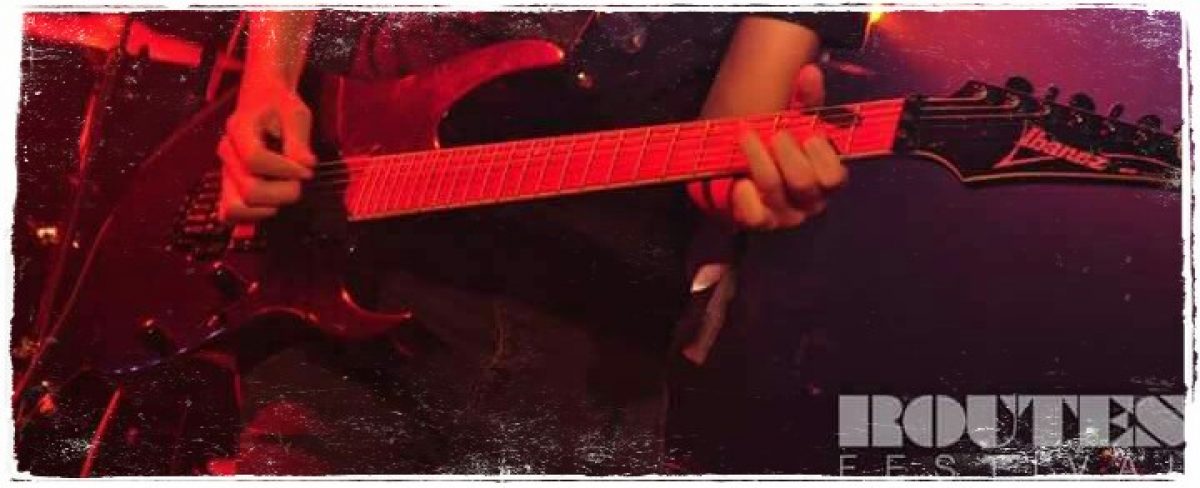As I have mentioned before, for this project I was on the drums, an instrument completely new to me as I had my first drum lesson 2 weeks before the first group rehearsal.
This meant that I was having to learn how to play a new instrument using proper technique, as well as researching, understanding, and performing some common reggae drum beats. I would have to practice at every opportunity if I was going to pull this off.
When learning some reggae beats, I focused on learning and experimenting with a ‘One Drop’ drum rhythm that I had been reading about online. The reason I primarily adopted this rhythm was because the drummer credited with the popularisation of this rhythm is Carlton Barrett; The drummer from ‘Bob Marley and The Wailers.’ This was evident in our set list as every rhythm in the set had this big emphasis on striking beat 3 and dropping beat one.
*See “Influences and Style” page for information regarding drum rhythms
This rhythm emphasises the backbeat by using a dominant strike of the snare drum, typically on beats 2 and 4, but the variant I used landed only on beat 3. – as seen below:

This meant that by using this rhythm I would produce an authentic ‘Bob Marley’ sound when playing with the rest of the band, and it was a good rhythm to refer to if at any point in a song I become lost.
While this served as a good guideline for each song, I would still have to learn fills and some slightly different rhythms depending on the song. This was mainly on the track ‘Turn Your Lights Down Low’ as this had 4 long drum fills, each slightly different, and had a straight feel on the Hi-Hats rather than a swung feeling.
The three main techniques I picked up on from playing these songs were Flams, Drags, and rim shots.
A flam is two strikes of the kit in the space of one note, the first strike leads into the dominant note. This is struck with both hands wither Left into Right or vice versa.
 Example of a notated flam
Example of a notated flam
A drag on the drums is the same concept, but with two leading notes rather than one. Once again this is played with both hands with two strikes on the leading hand as shown by the image below.
 Example of a notated drag
Example of a notated drag
These two techniques are used frequently in Bob Marley’s music, and in reggae music on the whole. It was a trick thing to grasp, particularly the drag rather than the flam as it requires two rapid strikes of the drum with one hand. i had these nailed to a decent standard after a couple of weeks and managed to build up my speed greatly.
The other technique i was using is called a rim shot. This is simply laying your drumstick flat across the snare at a diagonal angle, raising the top end of the stick, and striking the rim of the snare drum. This gives a more ‘tinny’ sound to the strike, making it sound closer to a timbale than a regular strike – thus why it is used commonly in reggae music.
